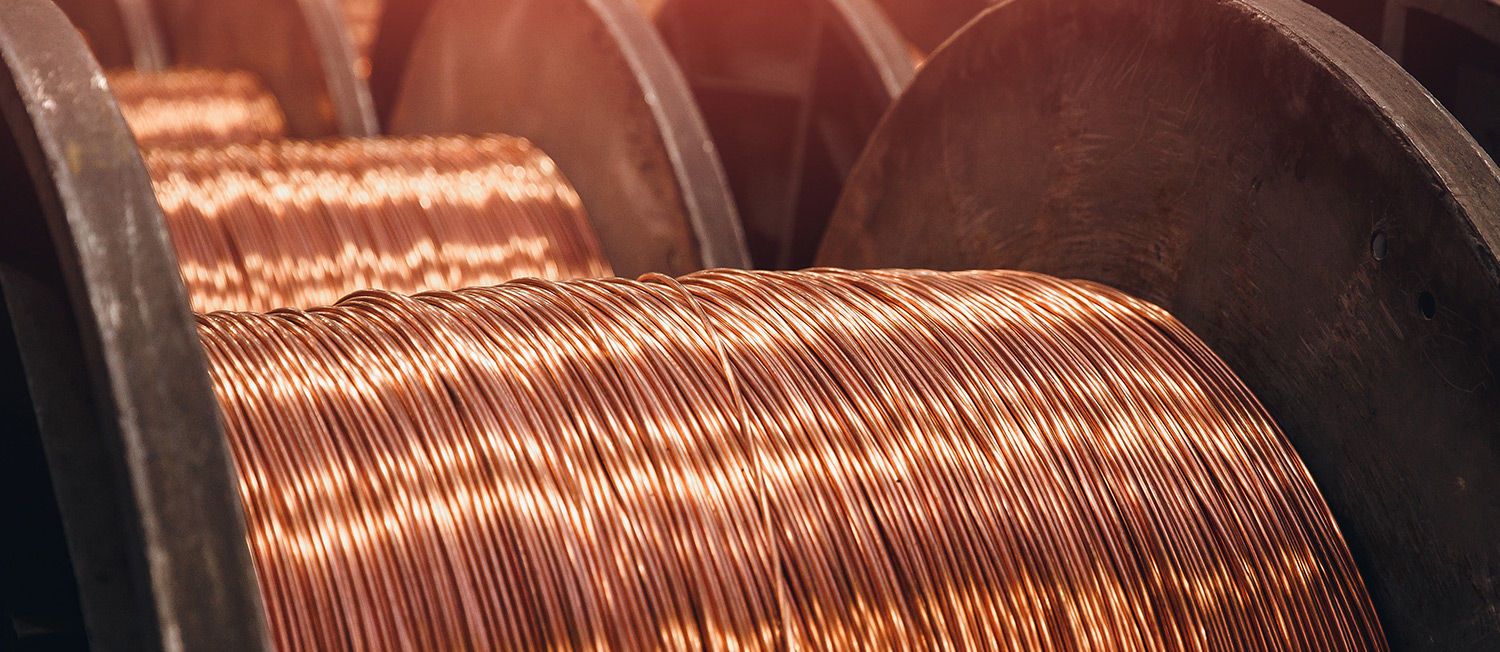
benefits of copper alloys.
It’s not science fiction. The efficacy of copper alloys against viruses is a well-documented science fact.
Recently, the EPA announced that certain copper alloys provide effective long-term protection against viruses, including SARS-CoV-2, which causes COVID-19. The EPA’s approval makes these alloys the first and only products to be registered for nationwide use with residual, long-lasting efficacy claims against viruses.
Copper Facts


• Rotavirus: 60 days
• VRE: 4 months
• C. diff spores: 5 months
• E. coli: 16 months
• S. typhimurium: 4.2 years



How It Works

A microbe cell recognizes copper ions on the surface as an essential nutrient and allows them to enter.

Once inside, a lethal dose of copper ions interferes with normal cell functions and the integrity of the microbe’s membrane.

Copper ions impede cell respiration and metabolism, sometimes damaging the microbe’s DNA. The cell dies.

